Here’s how AI and video analysis eliminate traffic
We spend a lot of time because of traffic, but now it is possible to eliminate it and to improve mobility thanks to A.I. and video analysis.
Here’s how AI and video analysis eliminate traffic
We spend a lot of time because of traffic, but now it is possible to eliminate it and to improve mobility thanks to A.I. and video analysis.
Every day we spend so much time in the car stuck in traffic and it is necessary to to eliminate traffic in cities.
Looking for faster alternative routes isn’t the solution, because the problem is unsolved.
AI and video analysis are the key.
Traffic means pollution and waste of time
In summer but also during all the holidays of the year there is a recurring problem all over the world. Of course, we are talking about the queues of cars on the roads.
Traffic is among the main causes of air pollution in cities. Furthermore, the situation will only get worse as the urban population increases.
Just these days, on radio and television, people are talking about the summer exodus and red and even black stamp days.
The problem related to traffic and endless waiting times is not only related to these times of the year. It is a situation that drivers fight every day, even with a certain resignation. It is a fact.
In this regard, a recent study by Greenpeace and Ipsos highlighted results to consider. Let’s get to know them.
The inhabitants of 8 cities, namely Rome, Milan, Turin, Naples, Genoa, Bari, Palermo and Pisa, were asked about their views on mobility in Italy. It should be pointed out that the inhabitants of the Capital city were the most critical.
Despite different levels of satisfaction, they all share the main critical issues. Traffic and traffic jams, parking shortage and inefficient LPT are the areas that need to be addressed first, in addition to the smog problem. [1]
So considering the gas emitted by cars and the big problem of pollution for our health, what is another effect of traffic?
Spending hours in the car. Actually, traffic makes us waste so much time.
Imagine such a situation represented by the image below. How long would you be stuck in traffic?
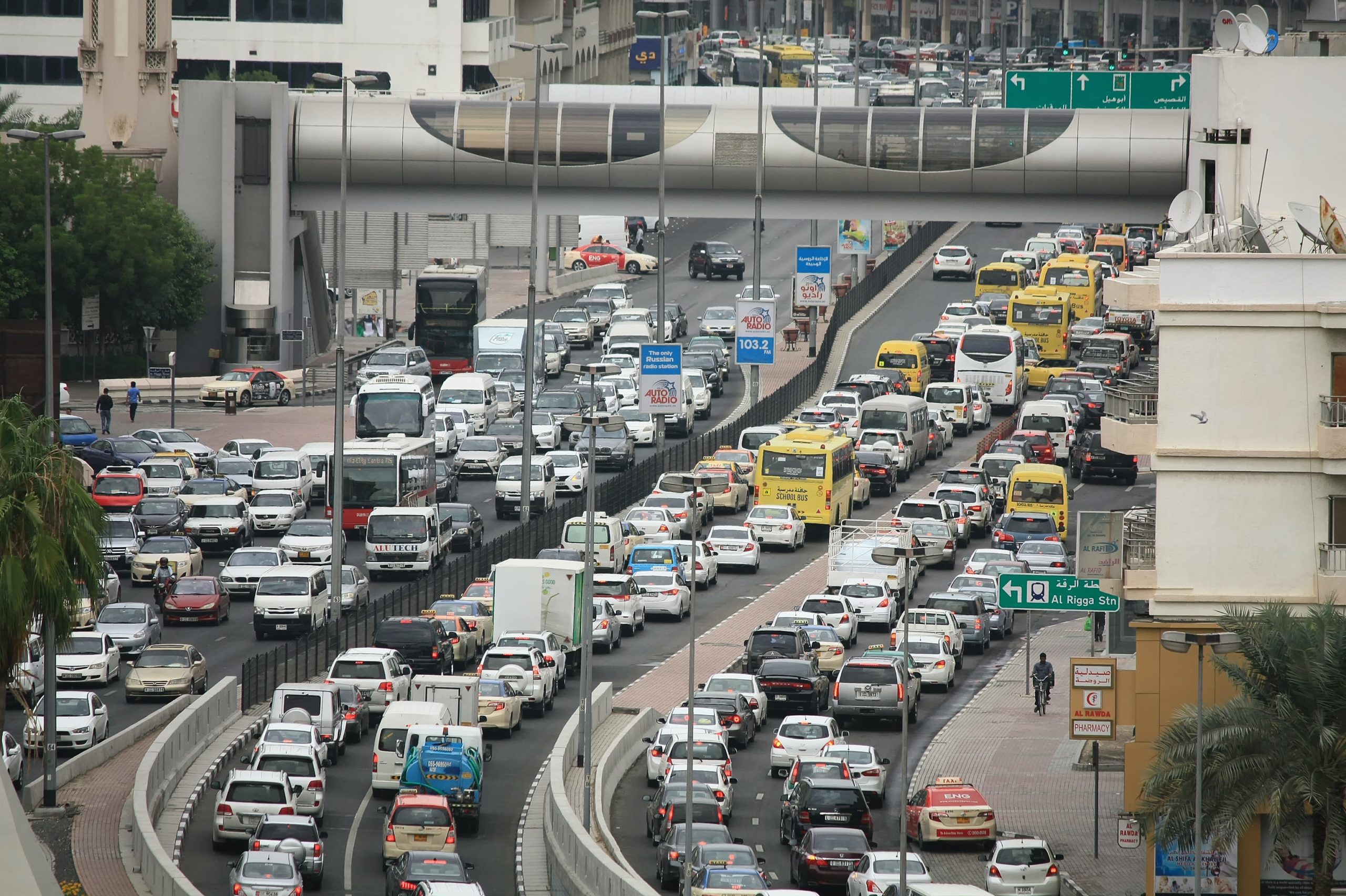
If it takes 35 minutes to look for a parking space in Italy, we are certainly talking hours spent in the car in traffic.
We won’t leave you in doubt. So here is the exact number thanks to the Tomtom report, reported by Agi. Are you ready to know it?
In Italy we lose 37 hours every year stuck in traffic, as well as in Luxembourg. Does that sound like a lot of time to you? Imagine that in Belgium it is up to 39 hours, while in the United Kingdom it is 46 hours.
Returning to our situation, it emerges that on average, due to traffic, it takes 24% longer in cities to reach the destination. [2]
Just talking about how to reach places, many times navigators save our lives. They show us if traffic along the route is heavy, an estimated travel time and time of arrival.
In addition, by showing us the current state of the road system, it can automatically find an alternative route to reduce travel time.
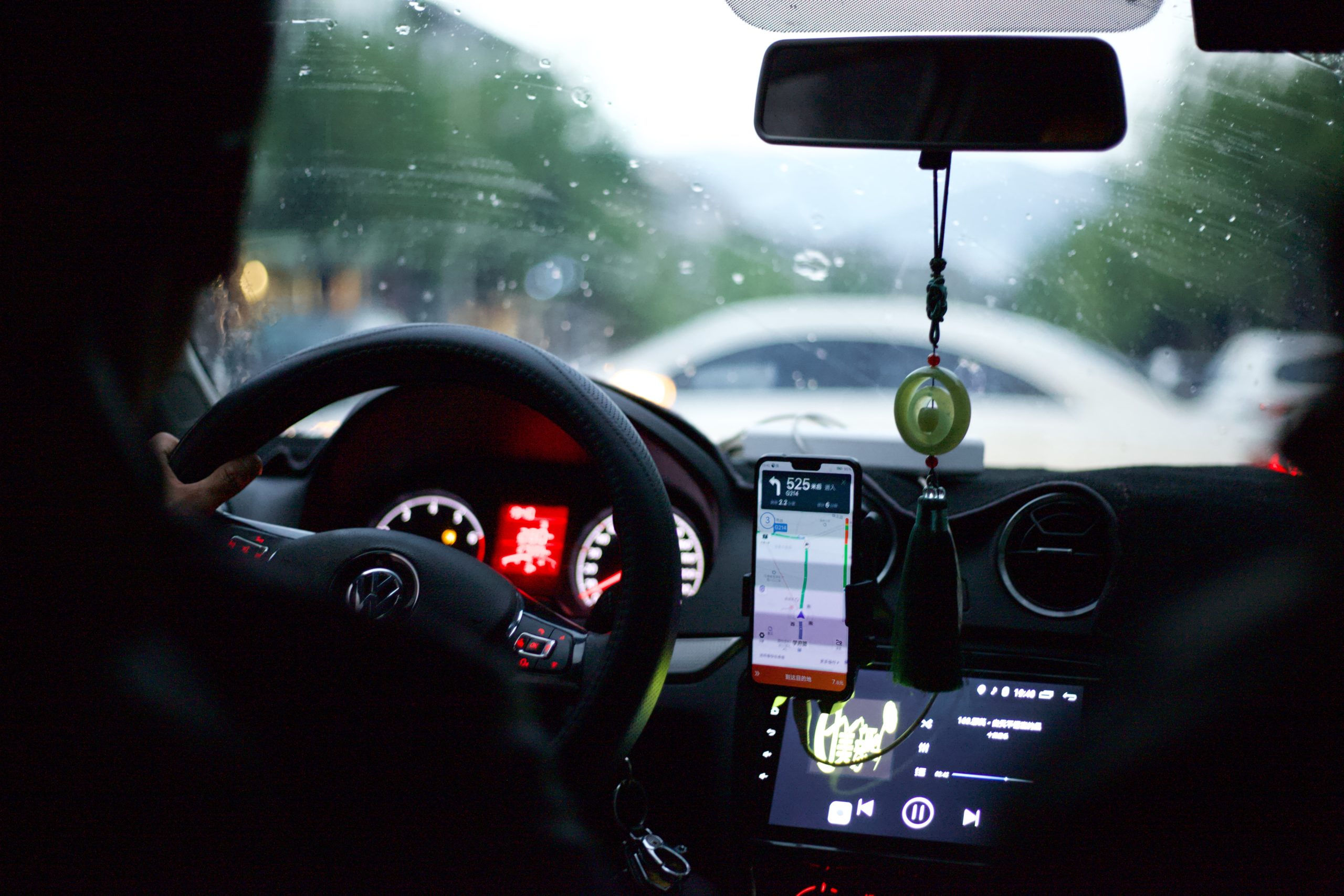
In conclusion, the navigator makes us take the best route, but it does not solve the problem, which is traffic.
Concrete actions that can change the situation are needed. This is the responsibility of municipalities and those involved in city services. What can they do?
From traffic analysis to travel time prediction
Normally through the use of data we can analyze a situation, study the pros and cons and figure out how to improve it.
This practice can be adopted in any field, so also in the city. How?
To record all the data automatically, it is necessary to constantly monitor the roads and consequently the vehicles.
Among all the sensors, sensors equipped with video analysis and Artificial Intelligence are the best solution. They are able to analyze and collect all data 24 hours a day without any kind of external intervention.
Thanks to Artificial Intelligence algorithms, video sensors placed at strategic points in cities and on highways analyze vehicular flow.
This makes it possible not only to know everything that happens on the road, but also the behavior of vehicles. Even more important is the ability to predict travel time, useful for providing the municipality with an overview of the urban condition.
What does it mean to analyze traffic flow?
This solution uses A.I. and machine learning to analyze, to collect key elements of traffic conditions and then to predict travel time. Below we present the main ones:
- Vehicle counting: the process of detecting and recording in real time the number of vehicles entering a defined area. It is called ROI, region of interest.
- Vehicle classification: it allows to distinguish and categorize the types of vehicles, for example, cars, trucks, motorcycles, buses, that are in the area of interest.
- Vehicle flow matrix identification (in/out): it identifies the number of vehicles passing through the analyzed area, detailing the exits and entrances to the perimeter.
- Average travel speed computation: it computes the average travel speed of all vehicles traveling on that specific road.
Here is a clear example of how video sensors analyze and manage all the data.
|
Traffic analysis |
What about prediction?
After gathering all this information over time, machine learning combines real-time traffic conditions with historical traffic patterns, i.e., previously analyzed data. In this way, with the greatest possible accuracy, the algorithm will be able to predict future traffic and waiting times along the route.
It seems clear that monitoring and making roads smart gives the government important details about traffic. Moreover, it helps them make decisions to improve traffic management.
Solutions to eliminate urban traffic
Having all the data at hand, what might be some solutions to eliminate traffic jams?
Initially, building new roads may seem like the right choice.
Increasing the number of roads would allow people to use their cars even more and to drive on the new roads. As a result, traffic would remain exactly the same as before.
The problem would reoccur by increasing.
We need to start first of all with the traffic lights at intersections. In many cities they are still manually adjusted and rarely updated based on traffic. Thus, the green and red times are not optimized.
Equipping intersections with smart video sensors gives the ability to analyze and later adjust traffic light timing based on daytime or nighttime traffic.
Related to this is the use of green waves to ease road traffic where queues of cars usually concentrate especially during peak times.
In addition, roads can be adapted to the needs of drivers. Alternative routes can be made by rethinking the location of traffic signals, using traffic circles. It is also possible to revise the structure of roads from the roadway to the lanes.
Traffic analysis and prediction thanks to A.I.-based video analysis can provide real benefits to all drivers.
Would it be nice to have this service in cities and say goodbye to long traffic queues?
References:
-
- Greenpeace and Ipsos. Online version: https://www.greenpeace.org/static/planet4-italy-stateless/2022/03/9e2f2430-21-086651-greenpeace-mobilita%CC%80-urbana_report.pdf
- Agi. Online version: https://www.agi.it/data-journalism/tempo_perso_traffico-6074418/news/2019-08-26/
© Copyright 2012 – 2023 | All Rights Reserved
Author: Rossana Cascione, Junior Digital Marketing Specialist
Every day we spend so much time in the car stuck in traffic and it is necessary to to eliminate traffic in cities.
Looking for faster alternative routes isn’t the solution, because the problem is unsolved.
AI and video analysis are the key.
Traffic means pollution and waste of time
In summer but also during all the holidays of the year there is a recurring problem all over the world. Of course, we are talking about the queues of cars on the roads.
Traffic is among the main causes of air pollution in cities. Furthermore, the situation will only get worse as the urban population increases.
Just these days, on radio and television, people are talking about the summer exodus and red and even black stamp days.
The problem related to traffic and endless waiting times is not only related to these times of the year. It is a situation that drivers fight every day, even with a certain resignation. It is a fact.
In this regard, a recent study by Greenpeace and Ipsos highlighted results to consider. Let’s get to know them.
The inhabitants of 8 cities, namely Rome, Milan, Turin, Naples, Genoa, Bari, Palermo and Pisa, were asked about their views on mobility in Italy. It should be pointed out that the inhabitants of the Capital city were the most critical.
Despite different levels of satisfaction, they all share the main critical issues. Traffic and traffic jams, parking shortage and inefficient LPT are the areas that need to be addressed first, in addition to the smog problem. [1]
So considering the gas emitted by cars and the big problem of pollution for our health, what is another effect of traffic?
Spending hours in the car. Actually, traffic makes us waste so much time.
Imagine such a situation represented by the image below. How long would you be stuck in traffic?

If it takes 35 minutes to look for a parking space in Italy, we are certainly talking hours spent in the car in traffic.
We won’t leave you in doubt. So here is the exact number thanks to the Tomtom report, reported by Agi. Are you ready to know it?
In Italy we lose 37 hours every year stuck in traffic, as well as in Luxembourg. Does that sound like a lot of time to you? Imagine that in Belgium it is up to 39 hours, while in the United Kingdom it is 46 hours.
Returning to our situation, it emerges that on average, due to traffic, it takes 24% longer in cities to reach the destination. [2]
Just talking about how to reach places, many times navigators save our lives. They show us if traffic along the route is heavy, an estimated travel time and time of arrival.
In addition, by showing us the current state of the road system, it can automatically find an alternative route to reduce travel time.

In conclusion, the navigator makes us take the best route, but it does not solve the problem, which is traffic.
Concrete actions that can change the situation are needed. This is the responsibility of municipalities and those involved in city services. What can they do?
From traffic analysis to travel time prediction
Normally through the use of data we can analyze a situation, study the pros and cons and figure out how to improve it.
This practice can be adopted in any field, so also in the city. How?
To record all the data automatically, it is necessary to constantly monitor the roads and consequently the vehicles.
Among all the sensors, sensors equipped with video analysis and Artificial Intelligence are the best solution. They are able to analyze and collect all data 24 hours a day without any kind of external intervention.
Thanks to Artificial Intelligence algorithms, video sensors placed at strategic points in cities and on highways analyze vehicular flow.
This makes it possible not only to know everything that happens on the road, but also the behavior of vehicles. Even more important is the ability to predict travel time, useful for providing the municipality with an overview of the urban condition.
What does it mean to analyze traffic flow?
This solution uses A.I. and machine learning to analyze, to collect key elements of traffic conditions and then to predict travel time. Below we present the main ones:
- Vehicle counting: the process of detecting and recording in real time the number of vehicles entering a defined area. It is called ROI, region of interest.
- Vehicle classification: it allows to distinguish and categorize the types of vehicles, for example, cars, trucks, motorcycles, buses, that are in the area of interest.
- Vehicle flow matrix identification (in/out): it identifies the number of vehicles passing through the analyzed area, detailing the exits and entrances to the perimeter.
- Average travel speed computation: it computes the average travel speed of all vehicles traveling on that specific road.
Here is a clear example of how video sensors analyze and manage all the data.
|
Traffic analysis |
What about prediction?
After gathering all this information over time, machine learning combines real-time traffic conditions with historical traffic patterns, i.e., previously analyzed data. In this way, with the greatest possible accuracy, the algorithm will be able to predict future traffic and waiting times along the route.
It seems clear that monitoring and making roads smart gives the government important details about traffic. Moreover, it helps them make decisions to improve traffic management.
Solutions to eliminate urban traffic
Having all the data at hand, what might be some solutions to eliminate traffic jams?
Initially, building new roads may seem like the right choice.
Increasing the number of roads would allow people to use their cars even more and to drive on the new roads. As a result, traffic would remain exactly the same as before.
The problem would reoccur by increasing.
We need to start first of all with the traffic lights at intersections. In many cities they are still manually adjusted and rarely updated based on traffic. Thus, the green and red times are not optimized.
Equipping intersections with smart video sensors gives the ability to analyze and later adjust traffic light timing based on daytime or nighttime traffic.
Related to this is the use of green waves to ease road traffic where queues of cars usually concentrate especially during peak times.
In addition, roads can be adapted to the needs of drivers. Alternative routes can be made by rethinking the location of traffic signals, using traffic circles. It is also possible to revise the structure of roads from the roadway to the lanes.
Traffic analysis and prediction thanks to A.I.-based video analysis can provide real benefits to all drivers.
Would it be nice to have this service in cities and say goodbye to long traffic queues?
References:
-
- Greenpeace and Ipsos. Online version: https://www.greenpeace.org/static/planet4-italy-stateless/2022/03/9e2f2430-21-086651-greenpeace-mobilita%CC%80-urbana_report.pdf
- Agi. Online version: https://www.agi.it/data-journalism/tempo_perso_traffico-6074418/news/2019-08-26/
© Copyright 2012 – 2023 | All Rights Reserved
Author: Rossana Cascione, Junior Digital Marketing Specialist

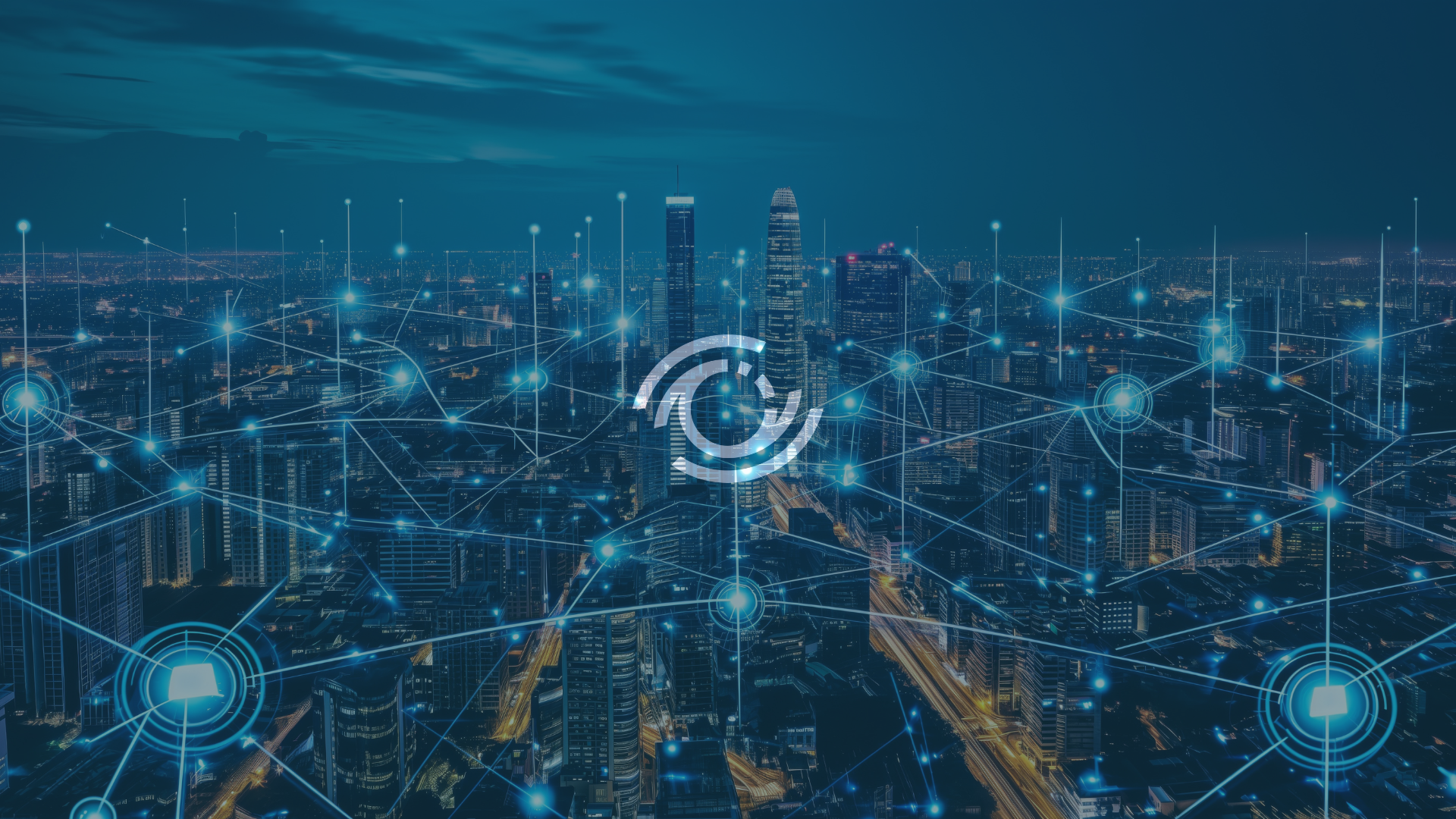
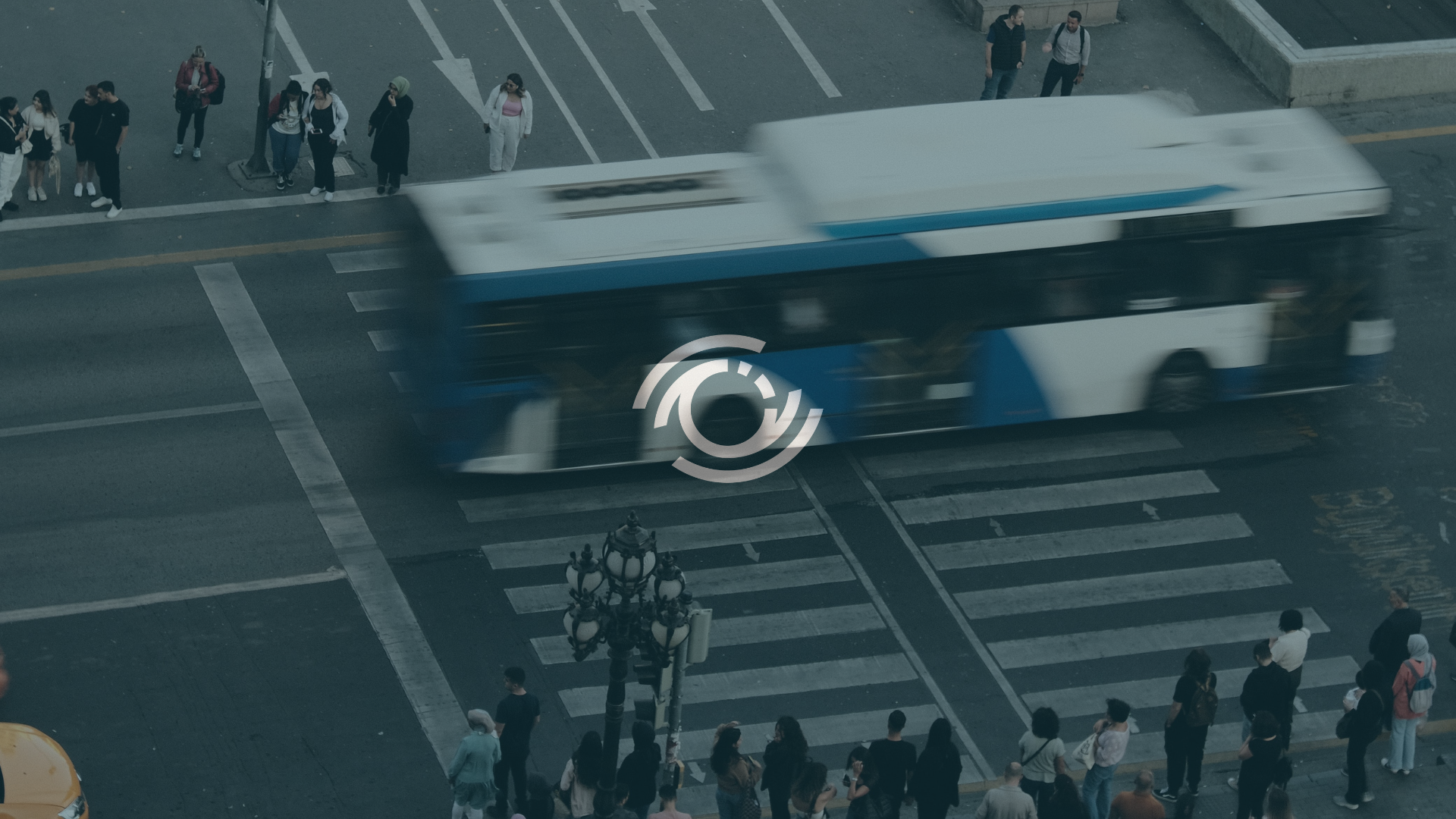
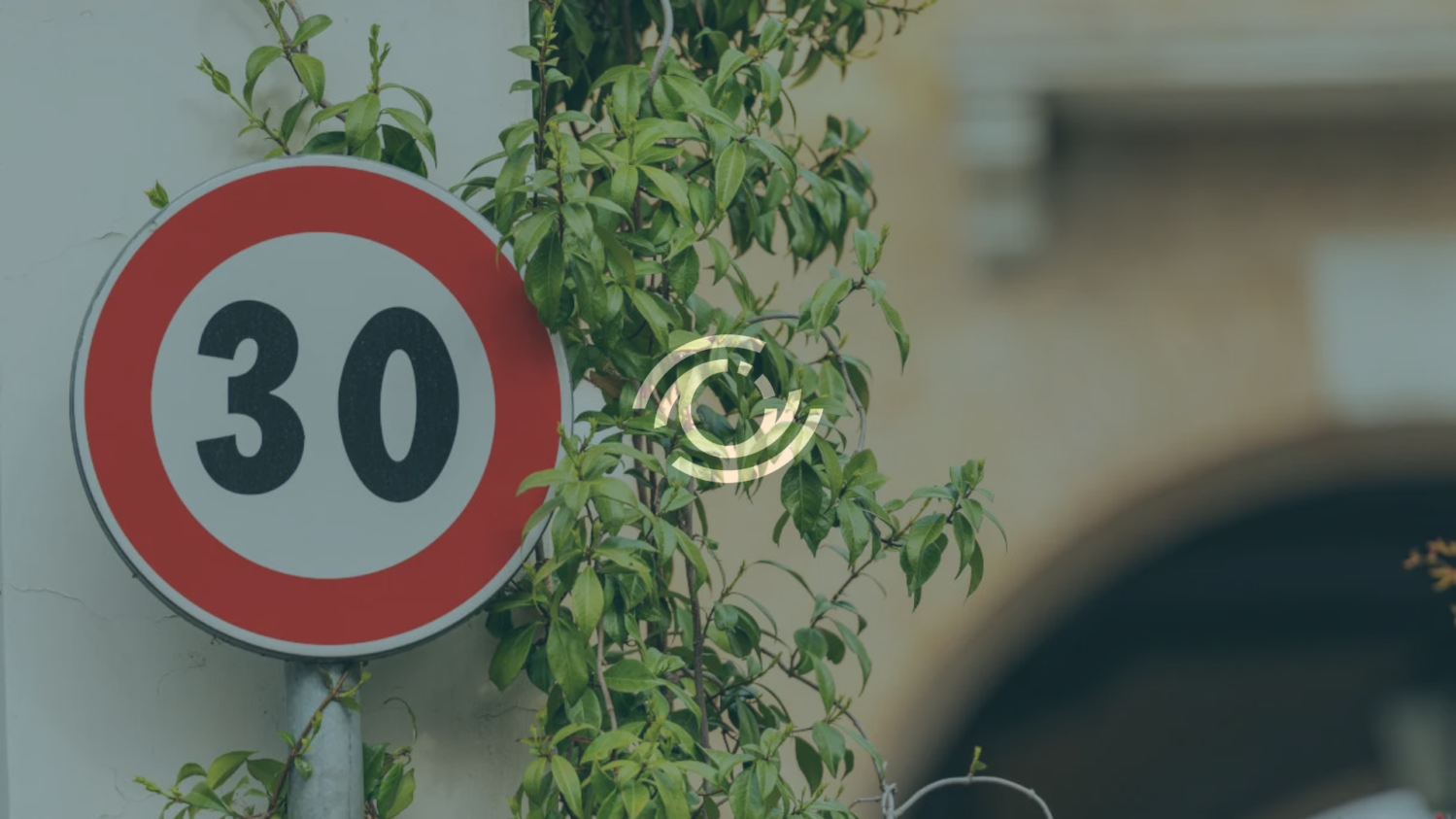
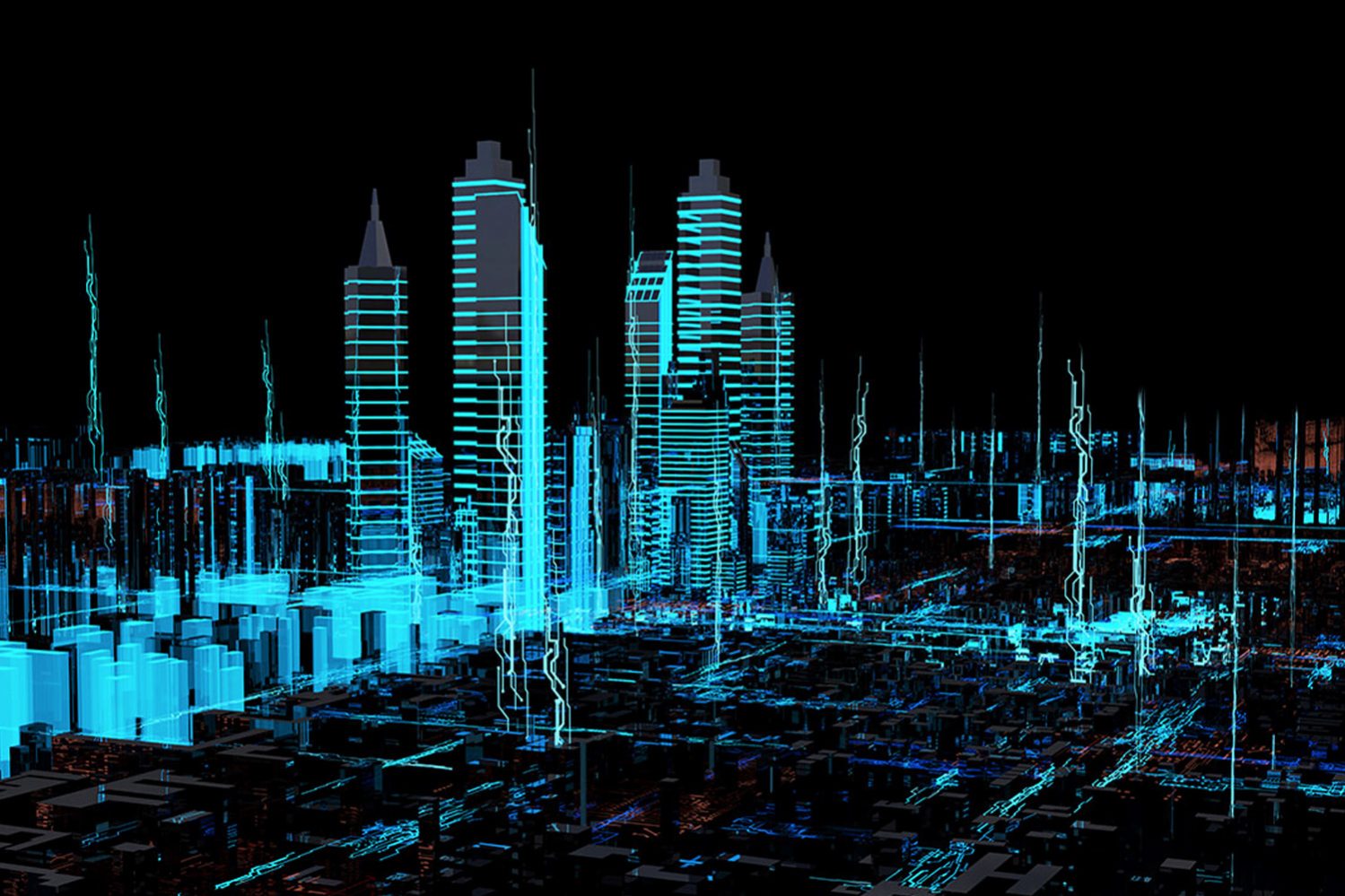
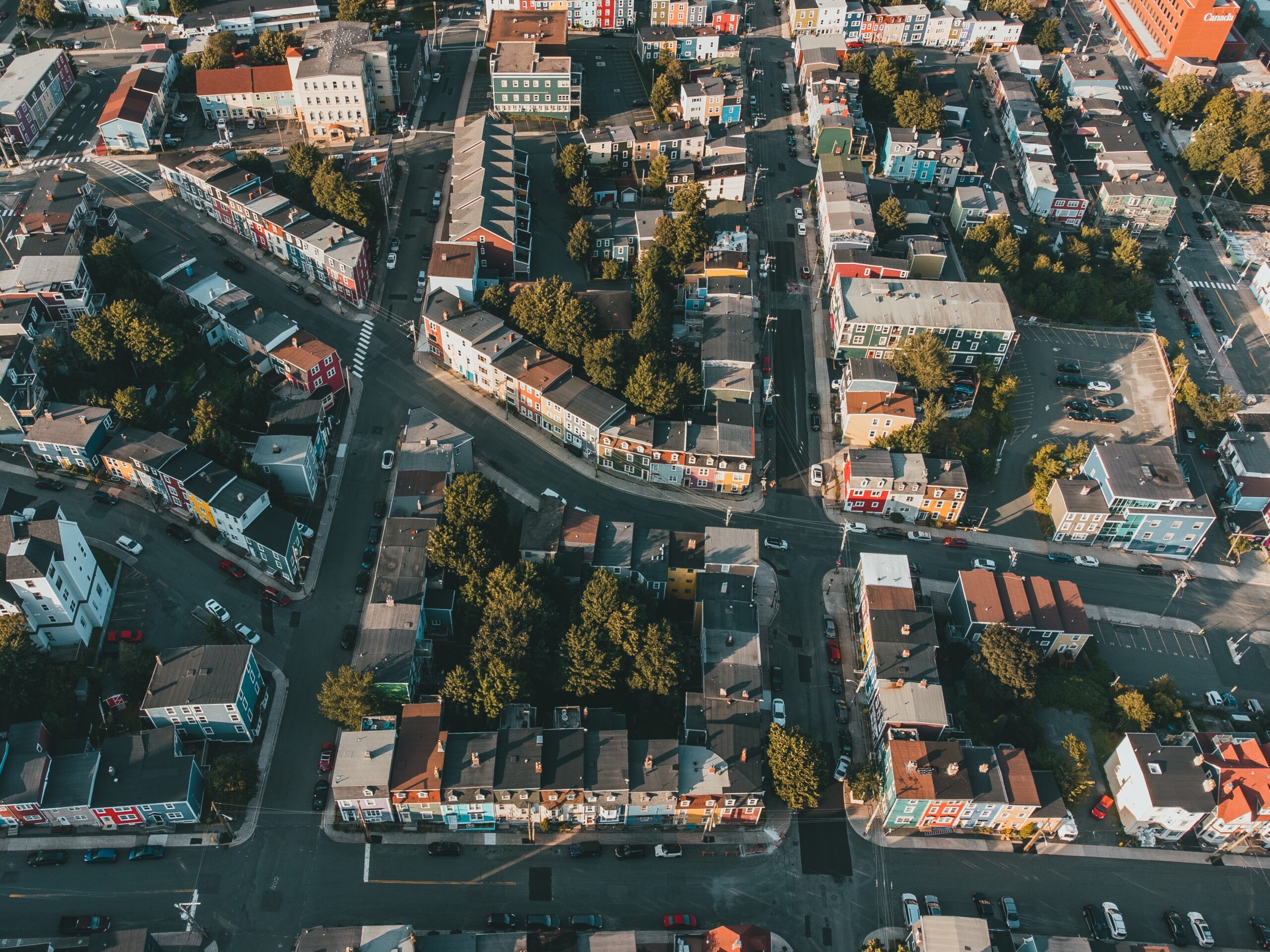

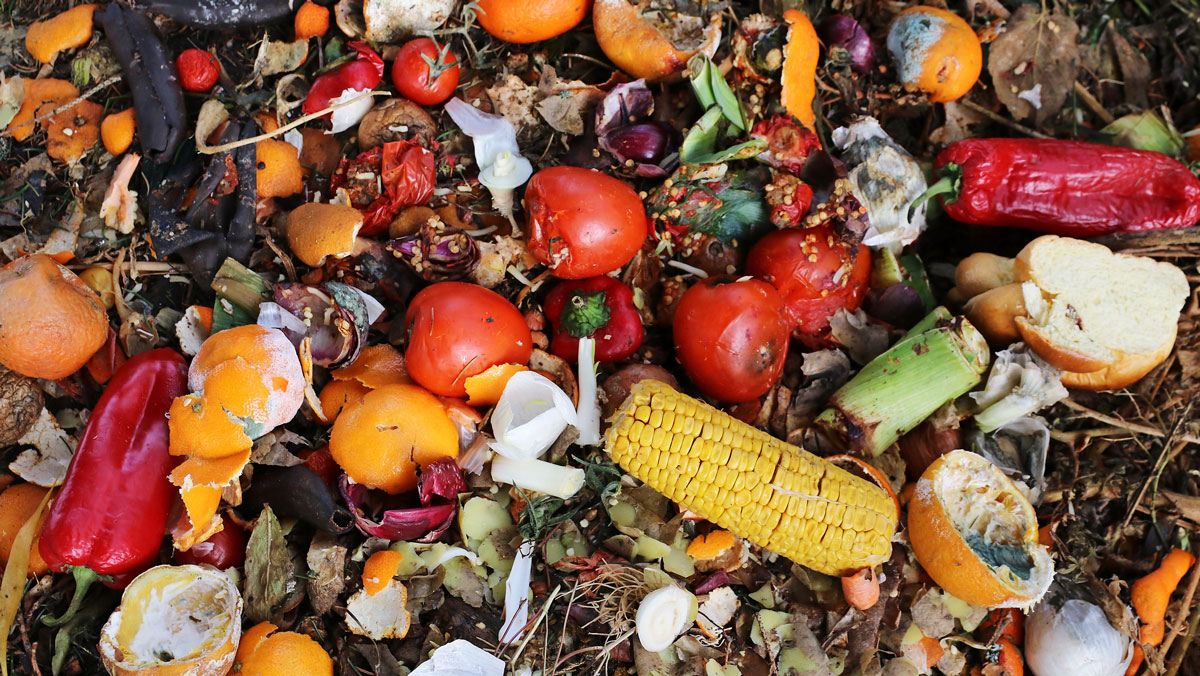
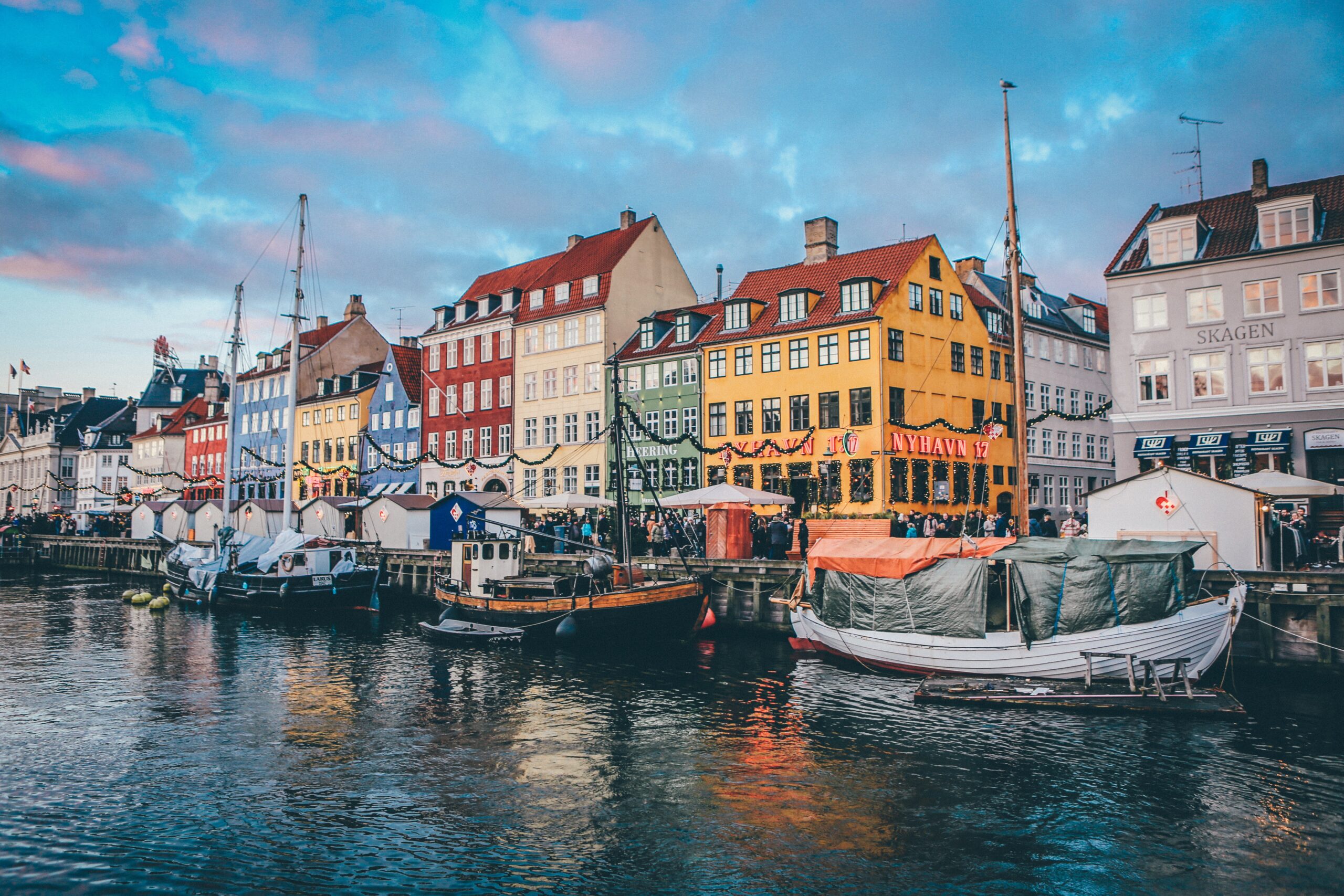
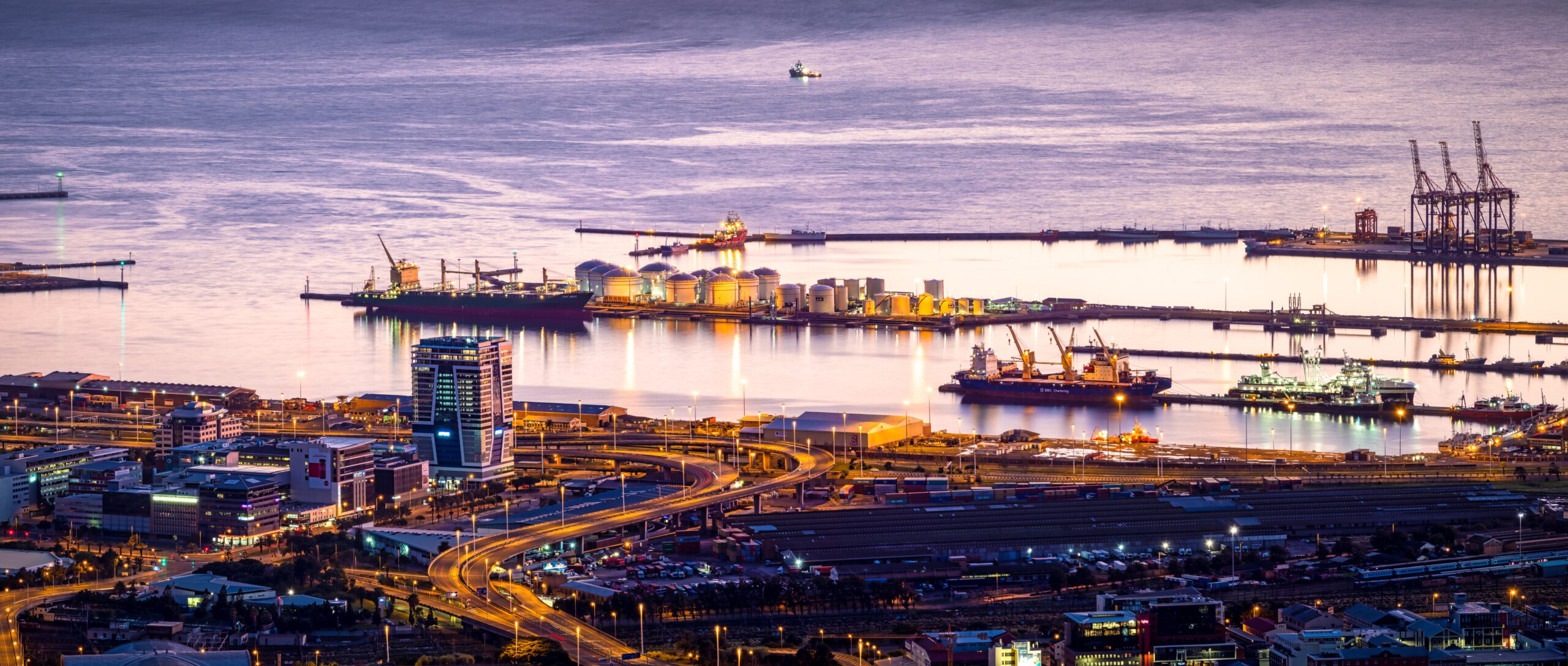
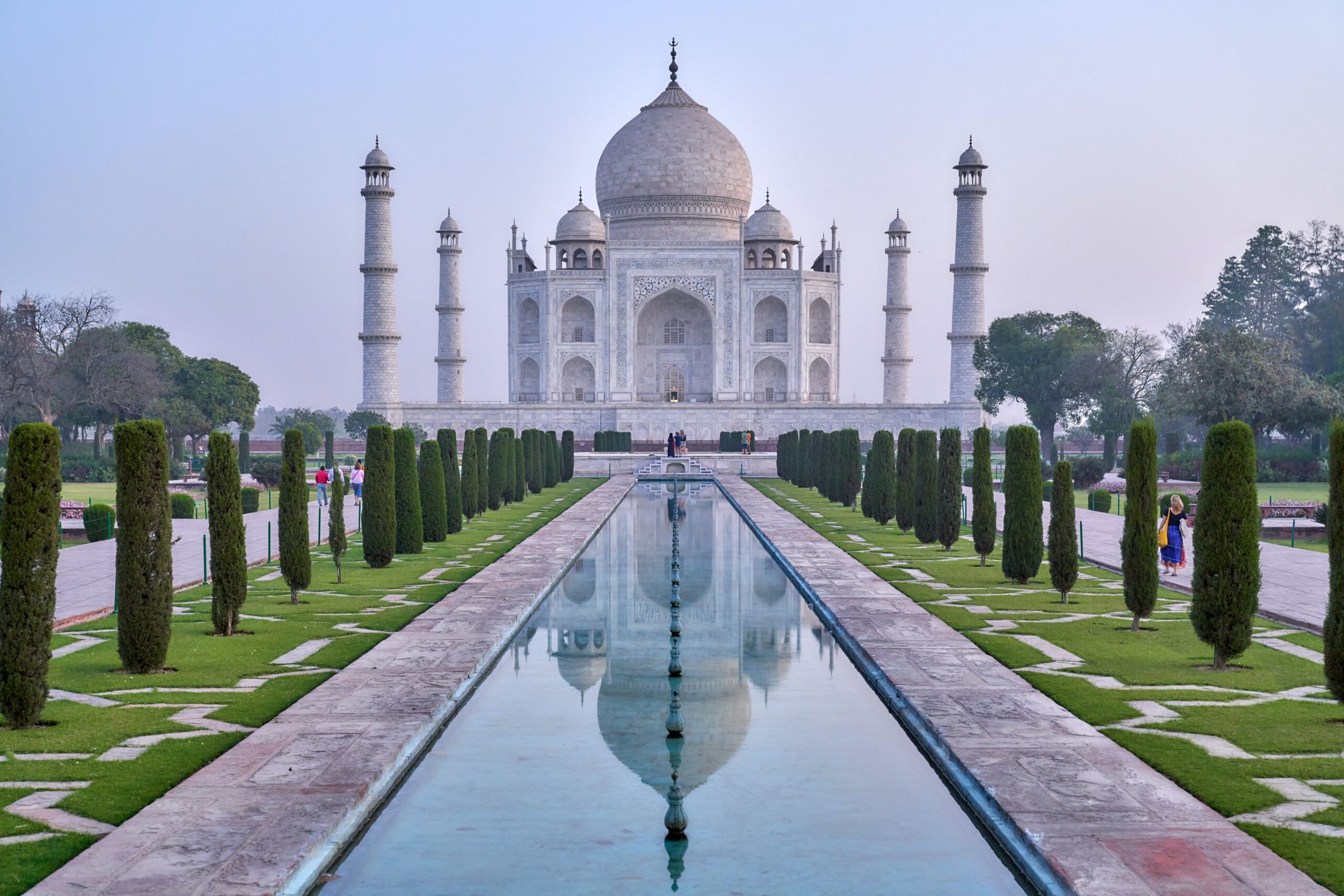
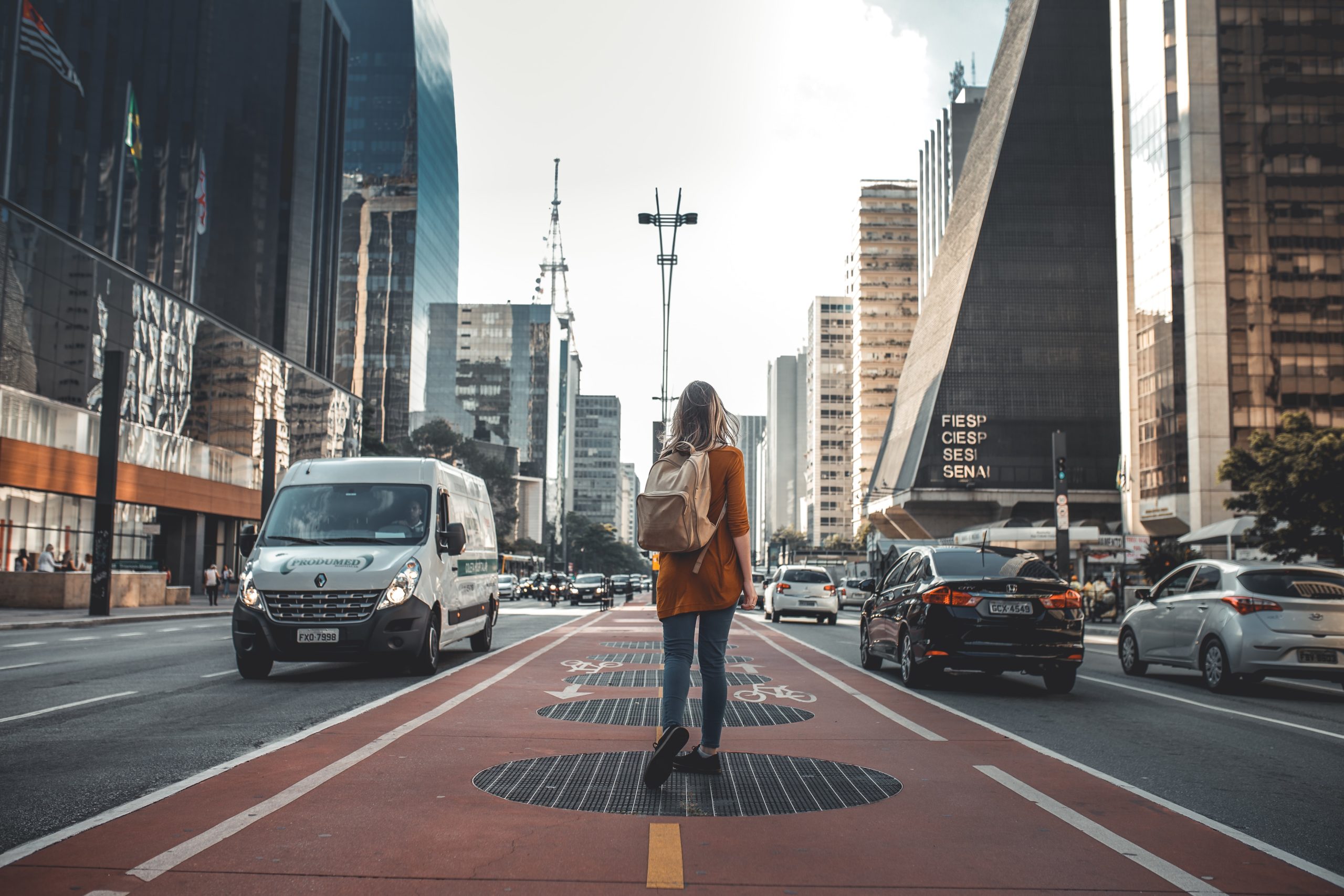
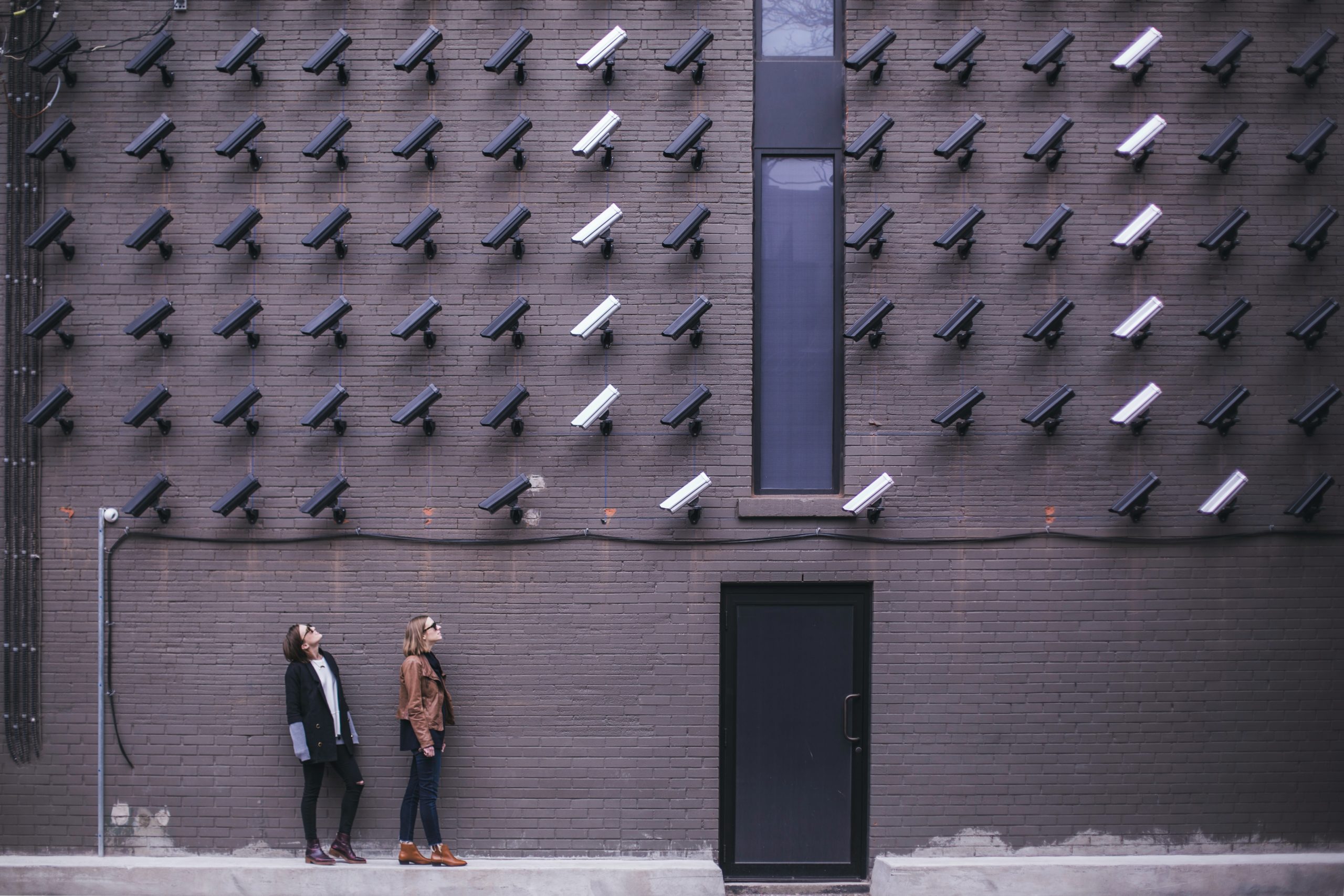
The fusion of AI and video analysis offers a transformative solution to the age-old problem of traffic congestion. Through real-time insights, predictive capabilities, and adaptive management, AI-driven traffic solutions have the potential to create more efficient, sustainable, and livable urban environments for generations to come. Thanks, Rosanna for such a wonderful post!
I fully share your thoughts. Everyone should start leveraging AI and the data it collects to improve the present of cities and citizens. Thank you for appreciating the article Amy!